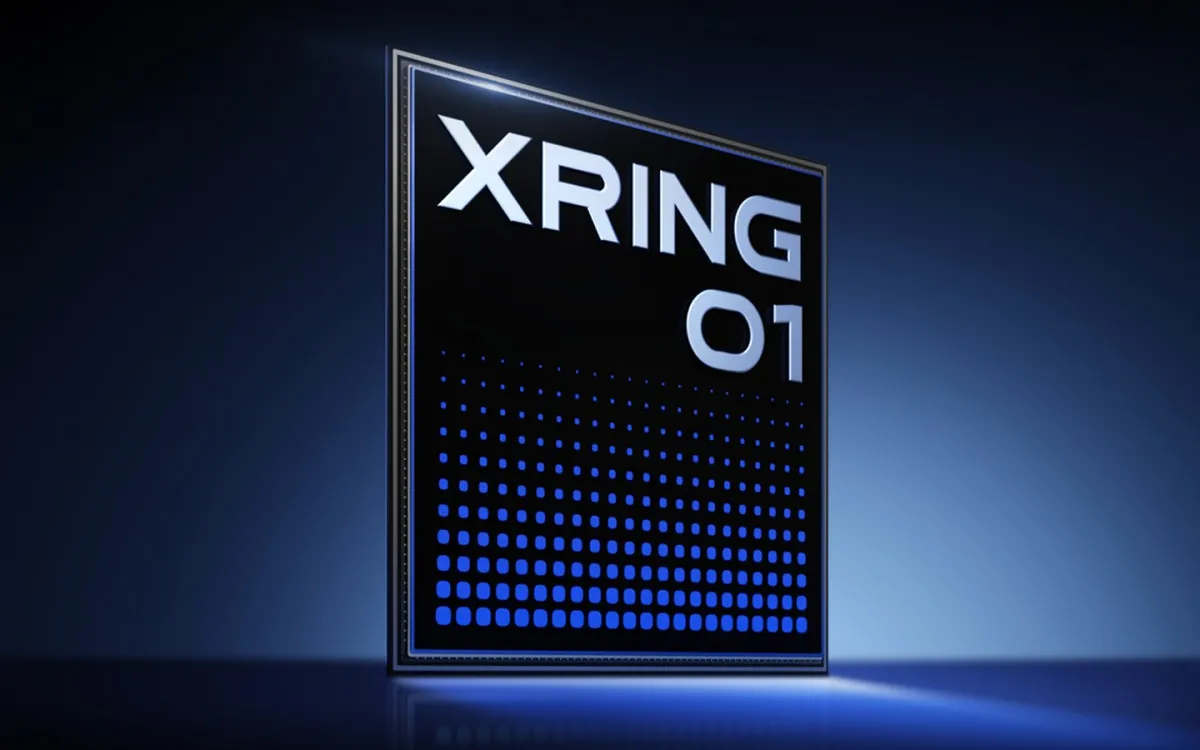
In a remarkable move within the mobile chipset industry, Xiaomi has introduced its cutting-edge Xring O1 platform. Traditionally dominated by Qualcomm and MediaTek, this new entrant signifies a significant shift, especially considering Samsung's Exynos chips have not matched the performance of the leading competitors. While Google has made strides with its Tensor chips, focusing primarily on artificial intelligence, the Xring O1 is positioned as a direct competitor to the best offerings from Qualcomm and MediaTek.
The Xring O1 is engineered on a second-generation TSMC 3nm process and boasts a powerful 10-core CPU paired with a 16-core Arm Immortalis-G925 GPU. Utilizing Arm's v9.2 cores, this 10-core design provides a competitive edge over rivals that have remained with an octa-core configuration for some time.
Specifically, the Xring O1 utilizes two Cortex X925 cores operating at 3.9GHz, four Cortex A725 cores at 3.4GHz, two additional A725 cores at 1.9GHz, and two Cortex A520 cores at 1.8GHz. Xiaomi has also integrated Arm's CoreLink Interconnect system to maximize the performance of this tri-core architecture.
In terms of graphics, the 16 shader cores in the Immortalis-G925 allow Xiaomi to claim superiority over MediaTek’s Dimensity 9400, which features only 12 cores. Furthermore, the new chipset includes Xiaomi's fourth-generation ISP and a robust 6-core NPU capable of 44 TOPS, comparable to Qualcomm's offerings in the 8 Elite.
Demonstrating a long-term commitment to chip development, Xiaomi plans to invest over 6.9 billion USD over the next decade, with a dedicated team of 2,500 engineers working in its chip division. The company previously ventured into custom chip design with the Surge S1 back in 2017, but the Xring O1 represents a far more ambitious undertaking.
Xiaomi is so confident in the Xring O1's capabilities that it has integrated this chipset into its latest products, including the Xiaomi 15S Pro and the Pad 7 Ultra tablet. The 15S Pro is particularly notable, as it retains the design of its predecessor, the 15 Pro, while upgrading to the Xring O1 silicon. This model will come standard with 512GB of UFS 4.1 storage, and at this time, it is limited to the Chinese market.
The Pad 7 Ultra, on the other hand, stands out with its impressive 14-inch OLED display, a significant improvement over the 11.2-inch LCD found in earlier models. Coupled with a massive 12,000mAh battery, the potential of the Xring O1 in such a large device is highly anticipated. My primary interest lies in assessing the modem's performance and overall battery efficiency.
Notably, Xiaomi has opted for an external MediaTek T800 modem built on a 4nm node rather than integrating a modem within the chipset. This choice raises questions about battery efficiency, as external modems typically affect overall power consumption. Real-world performance comparisons against Qualcomm and MediaTek's offerings will be crucial.
While I have yet to test the 15S Pro personally, a Chinese YouTuber, Geekerwan, conducted extensive tests on the Xring O1. His findings suggest that Xiaomi's new chipset outperforms the Dimensity 9400. Impressively, the CPU's energy efficiency aligns with Qualcomm and MediaTek's standards. However, tests indicated that the external modem negatively impacted battery life, with the Qualcomm-based model lasting 40 minutes longer under similar conditions.
To compete effectively, Xiaomi will need to develop its own integrated 5G modem. Given the challenges faced by other manufacturers in this pursuit, including Qualcomm, MediaTek, and Samsung, it remains to be seen how Xiaomi will navigate this critical aspect of mobile technology.
In addition to the Xring O1, Xiaomi has also announced the Xring T1, a smartwatch platform that will enhance the functionality of its wearable devices. This announcement arrives just after a joint statement from Xiaomi and Qualcomm, reaffirming their 15-year partnership and indicating that future flagship models will continue to utilize Qualcomm's silicon.
While it's likely that Xiaomi will use Qualcomm chips for its global releases, the introduction of its own designs suggests a strategic pivot for the brand, particularly for products targeted at its domestic market. The initial specifications of the Xring O1 indicate that it holds its ground against both the Dimensity 9400 and Qualcomm's top-tier offerings, paving the way for exciting developments in the mobile chipset landscape.